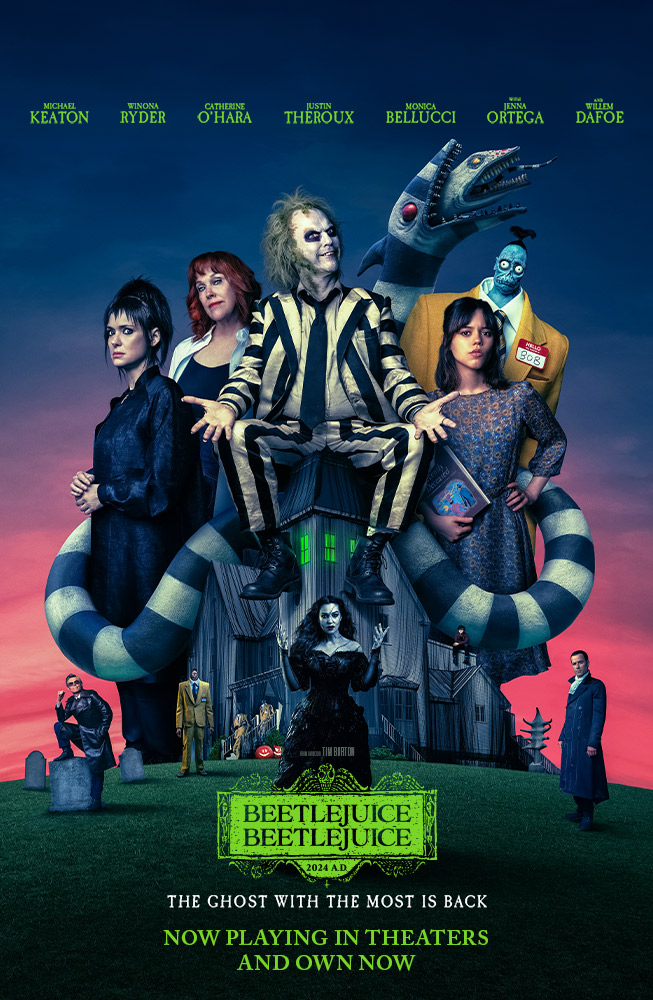In terms of realism, “Fury” received praise for its attention to detail in depicting the tanks and the overall atmosphere of World War II. The filmmakers worked closely with military advisors to ensure authenticity in portraying the tanks, weapons, and tactics used during that time. Although the Tiger ambush scene is a little inaccurate, you may not have noticed it. This scene depicts Tiger 131 ambushing a column of M4 Shermans with Fury in the lead. Tiger 131 takes its first shot at the trailing tank or last tank; this is incorrect procedure. Tiger 131 should have shot the leading tank to stop the column then the trailing tank to trap it, then shot everything else. Other than that, it’s hard to find a flaw.
The intense and gritty portrayal of battle scenes contributes to the film’s realism. The use of practical effects, realistic sound design, and well-choreographed action sequences adds to the overall authenticity. Moreover, the movie does not shy away from showing the psychological toll of war on the soldiers, offering a glimpse into the emotional and physical challenges they faced.
While “Fury” captures the brutality and chaos of war, it is important to note that, like any Hollywood production, certain dramatic elements are heightened for cinematic effect. Some critics argue that certain aspects of the plot might be a bit over-the-top, but it is a common trade-off in war films to create a compelling narrative.
Overall, “Fury” does a commendable job in delivering a realistic portrayal of World War II, especially in its depiction of tanks and the challenges, both mental and physical, faced by soldiers. If you are a fan of history, you will likely appreciate the attention to detail in the film’s production.





Angelo M. Sanchez • Sep 7, 2025 at 9:10 am
Also tank 131 was one of the first Tigers captured in North Africa by the British. It was brought to the UK for study and refurbished in original desert yellow color. Tiger tanks faced in Germany or France by the allies had multicolored camouflage from the Russian and East European battle fronts.